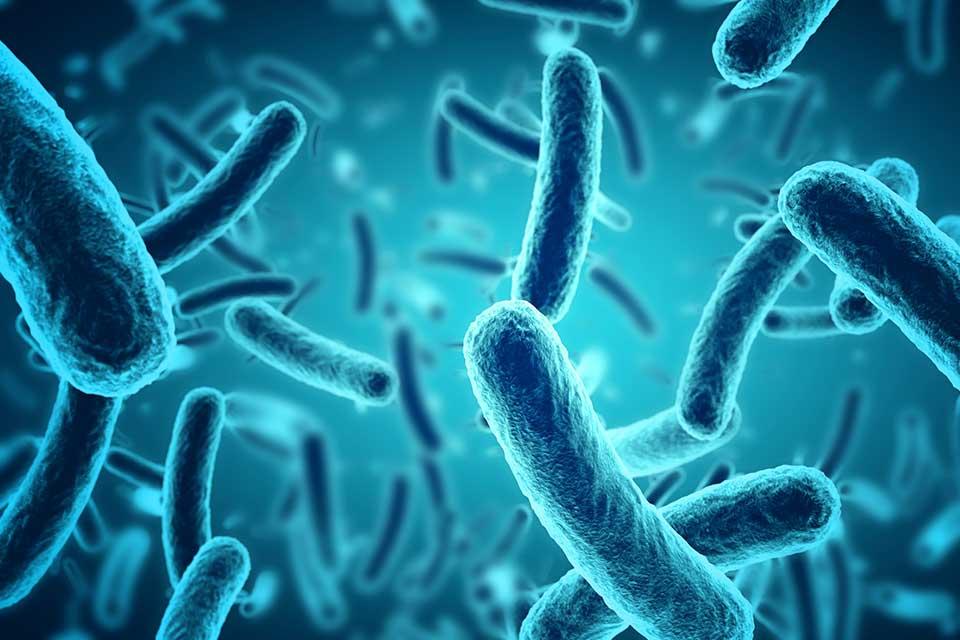Biological physics
Condensed Matter Physics
Researchers at the University of Oxford, including Professor Achillefs Kapanidis from the Department of Physics, have reported advances towards a novel and rapid antimicrobial susceptibility test that can return results within as little as 30 minutes – significantly faster than current gold-standard approaches.
The team used a combination of fluorescence microscopy and artificial intelligence (AI) to detect antimicrobial resistance (AMR) and the study has been published in Communications Biology. Their work is supported by the Oxford Martin Programme on Antimicrobial Resistance Testing.

